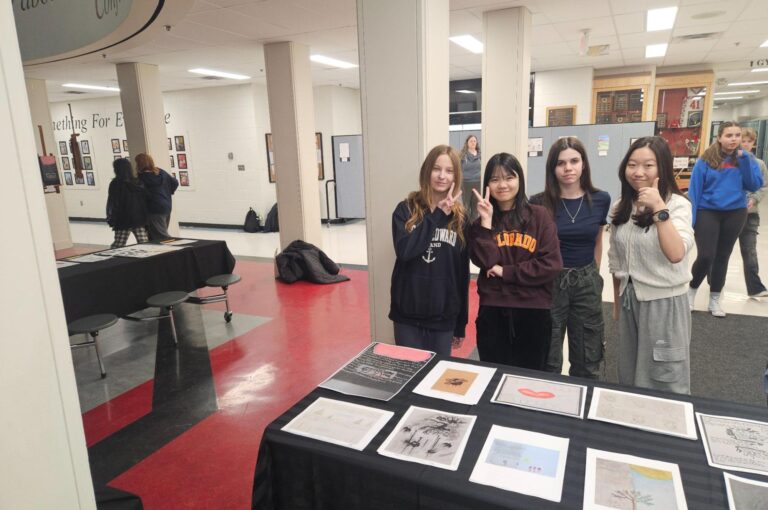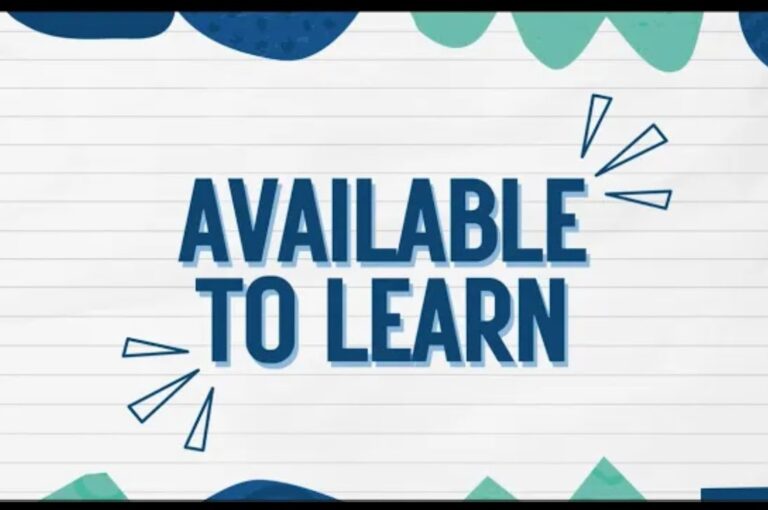Educators are increasingly utilizing technology for assessment and it is enhancing learning and communication in- and outside of our classrooms. Several of our teachers at Golden Hills have been using digital tools to assess and communicate student learning, and have been impressed with the outcomes. At Three Hills School, Joan Boles introduced her students to an online sharing platform where students could upload their work and share it with their friends, family and teachers! For their project, Grade Four students were required to master a Science concept, create a device, record themselves explaining it in their own words, and upload the video to their own digital portfolios.
Through this activity, Joan not only noticed improvements to student learning and understanding, but also realized the immense potential that digital tools have as instructional vehicles to implement Powerful Learning.
Here are the top reasons to incorporate digital portfolios in your classrooms:
1. Authentic Audiences Enhance Engagement
Digital assessment ensures that students have an audience and can demonstrate their learning for parents, teachers and other students. An authentic audience can create relevance for students as they communicate their learning.
2. Academic Vocabulary Is Utilized and Assessed
When students are able to use academic vocabulary conversationally, students are demonstrating a deeper understanding of concepts. By using digital portfolios, teachers are able to observe and hear if the students are employing the vocabulary correctly and in context. As an additional benefit, some students are able to more successfully express their understanding through the use of digital portfolios, as written barriers are removed and students can represent their learning orally.
3. Students Reflect and Refine Their Work
Digital assessments make it easy for students to use ongoing assessment, and as a result, students are highly motivated to share their best work with an audience. Digital assessment also enables students to have a visual representation of progress over time in areas such as reading or playing a musical instrument.
4. Students Have a Choice and Use Their Own Voice
Students decide how they’re going to share their learning by selecting which images to use and choosing how they are going to create their videos. They have complete autonomy on how they share their learning story. Furthermore, by being on a digital platform, students practice digital citizenship, where students are required to assess and decide what is an appropriate and effective post.
5. Families Engage and Celebrate With the Learner
Parents appreciate the opportunity to get a glimpse into what their children are doing at school. Digital portfolios are great instruments to initiate conversations with students about their learning. Digital assessments are a powerful tool to enhance communication and connection. At the end of the year, families are left with a collection of videos and pictures that tell the story of their child’s learning.
Check out an example of a video from these students’ digital portfolio at Three Hills School below:




